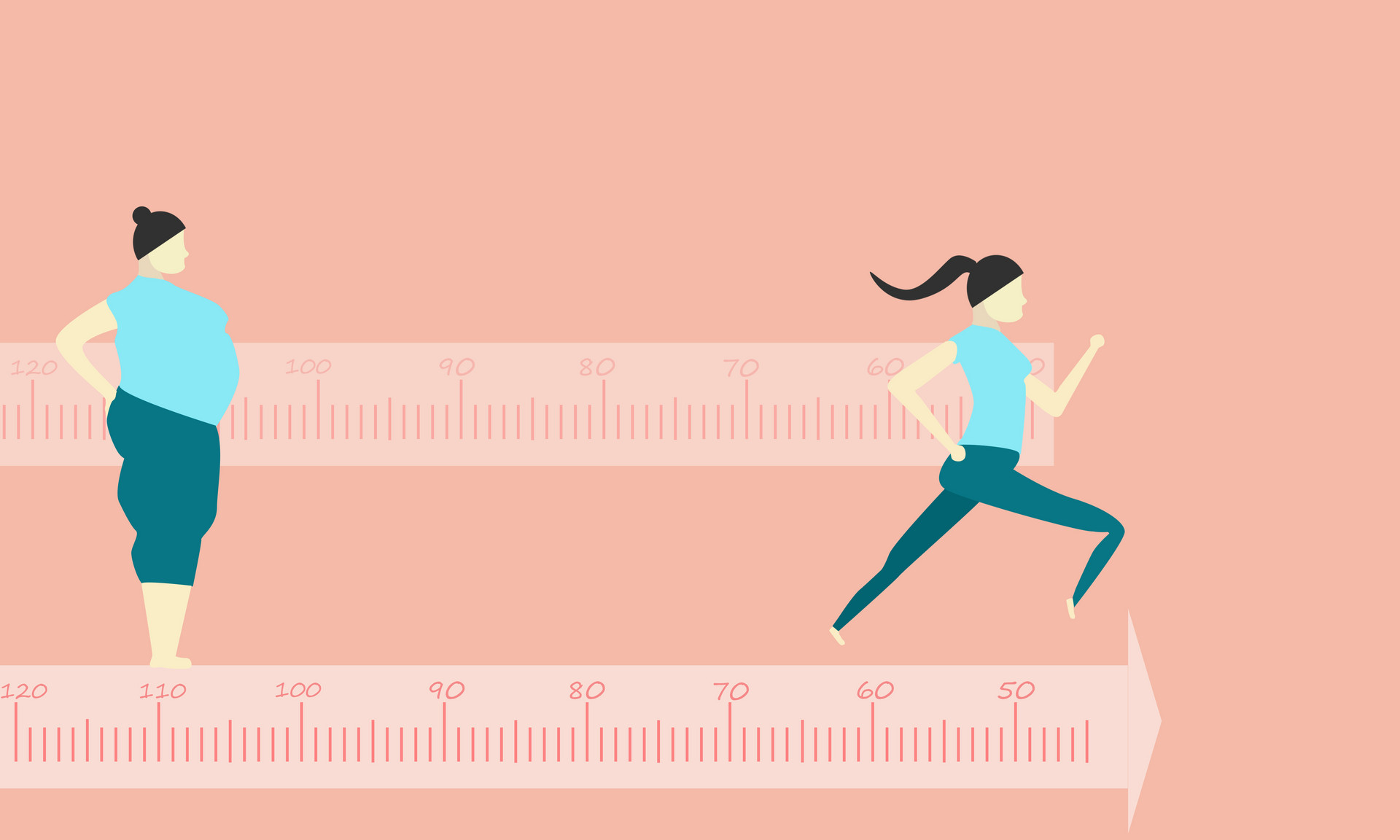During aerobic exercise, all muscles in the body are in an aerobic respiratory environment. Therefore, aerobic exercise is generally characterized by long duration, moderate intensity, regularity, and low difficulty, making it suitable for the general population. Let's take a look at the benefits of aerobic exercise on the body.
Health benefits for the cardiovascular system
Since the energy consumed during exercise is provided by aerobic respiration, the oxygen demand increases. Oxygen enters the lungs and is then transported to various parts and organs of the body through blood circulation with the heartbeat. As a result, aerobic exercise strengthens the strength of the myocardium through repeated contractions and expansions, and enhances the pumping function of the heart. During exercise, the breathing rate and depth gradually increase, which strengthens the oxygen absorption function of the lungs and improves pulmonary circulation.
Health benefits for blood vessels
Long-term aerobic exercise can increase the content of high-density lipoprotein in the blood, which effectively slows down the formation of arterial plaques and prevents arteriosclerosis. It has certain therapeutic effects on coronary heart disease and other cardiovascular diseases. Aerobic exercise also consumes excess fat on the vascular wall, dilates the inner diameter of blood vessels, and enhances the elasticity of vascular muscles, thereby improving the blood transport function of blood vessels and preventing heart diseases caused by blood vessel blockage.
Improvement in muscle toning
During aerobic exercise, the muscles in the body receive more oxygen, which is beneficial for the oxidation of energy substances in muscle tissue. This increases the number of capillaries in the muscles and reduces excess fat. Therefore, people who regularly engage in aerobic exercise have stronger and more toned muscles, smoother body contours, and radiant skin. Aerobic exercise effectively burns fat, and helps to prevent and treat coronary heart disease, high blood pressure, and diabetes caused by obesity, while enhancing overall physical fitness.
Health benefits for the skeletal system
Elderly people are prone to bone fractures due to fragile and osteoporotic bones. This is because calcium gradually depletes from the bones as they age, leading to decreased bone density and increased bone fragility. Low-intensity aerobic exercise can slow down the loss of calcium in the bones, increase bone density, and greatly reduce the risk of fractures. Adolescents who regularly participate in aerobic exercise can also promote normal bone development.
Improvement in brain and nervous system
Consistent aerobic exercise enhances the function of the cerebral cortex, keeps the nervous system active, and stimulates the secretion of anti-aging substances in the body, delaying the aging of various organs and maintaining vitality.
Aiding in detoxification
Aerobic exercise can accelerate the elimination of toxic substances from the body, reduce carcinogenic factors, enhance the body's resistance to external infections, and have anti-aging effects. This is especially beneficial for the elderly as it can slow down the aging process and keep the body youthful.












